City Directories and History: “The entire business quarter of the village has been rebuilt. A dozen handsome brick stores have been built and filled with large and
varied stocks of goods. Messrs. M. S. Bailey & Sons, Bailey Bros., Owens Bros., R. R. Blakely, R. Z. Wright & Co., Summerel Bros., R. N. S. Young, M. B. Vance, J. W. Young, J. M. Blakely, D. M. Fulton, and Little Bros. & Co. are among the Albright and the Misses Copeland have fine millinery establishments. We have an excellent hotel in Dr. Irby’s, known as “The Drummers’ Retreat,” and a fine boarding-house called the “Toni-Dora.” Only a year ago a handsome bank building was erected, and a large banking business with $75,000 capital is conducted by Messrs. M.S. Bailey & Sons.” Reprinted from South Carolina in the 1880s: A Gazetteer by J.H. Moore, Sandlapper Publishing Company – 1989
“One of the most familiar landmarks of Clinton disappeared with the removal of the old CN&L freight depot several years ago.
From all accounts the building was erected before the War Between the States. F. M. Boland, Jr., (Clinton Chronicle of December 7, 1967) thinks it was built around 1850, recalling from records that the CN&L was incorporated in 1885 and began operation in 1890. Before that time the station had served as Southern Railroad headquarters in Clinton.
During the heyday of rail transportation, four trains would meet here each afternoon about 2 o’clock (one each way on each road — CN&L and Seaboard) providing exceptional service for the small community. Local people say the depot was a favorite gathering place. On Sundays, especially, one could almost determine the male population of the village by counting the men and boys around the station. To this point long lines of wagons brought farm goods to be shipped to Charleston.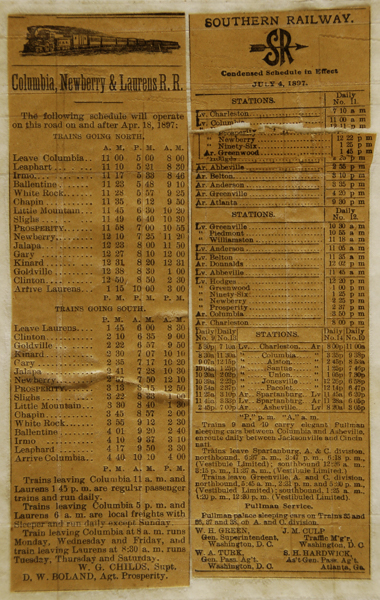
No longer operating any passenger service, the CN&L line is controlled by the Atlantic Coast Line Railroad. The depot was abandoned when the Seaboard and Atlantic Coast Line railroads merged. The CN&L traffic was then routed through Clinton on the Seaboard Coast Line tracks.
Apparently the material for construction of the building was prepared elsewhere and brought to Clinton as it was discovered after being dismantled that the rafters, joists and all sections had been marked to fit into an exact location. The lumber was straight grain heart-of-long-leaf pine with no knots in it. Studs were stabilized by wooden pegs; and handmade nails, perhaps added at a later date, reinforced the pegs. Beneath the tin roof were found several layers of handmade shingles.
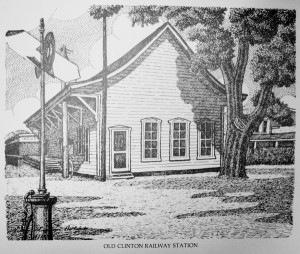
Image courtesy of the Laurens County Sketchbook – J. S. Bolick, Artist – Author
F. M. (Blue) Boland had served as agent since 1962 and before that date as telegrapher under the late W. C. Shealy, who had been agent since 1927. Mr. Boland’s father was agent at the station for some fifteen or twenty years before becoming cashier at Commercial Bank in Clinton in 1918. When dismantled, one wall revealed bullet holes, made when Clinton’s only peace officer about the turn of the century fired his pistol at a would- be-safecracker seen through the station window.
The material from the razed building was given to Thornwell Home for Children to be used in the several building projects in progress at that time. Doctor Malcolm Macdonald, president, in accepting the gift for the home, said the thirty-foot heart-of-pine beams and pegged joists could be used to advantage in their building program.”
Information from: The Laurens County Sketchbook, Author – J.S. Bolick, 1973
“The town of Clinton was once an intersection of the Greenville-Columbia Highway, the Spartanburg-Augusta Highway, and a local road coming from the northwest. These roads formed a junction that became known as Five Points. The junction became a popular spot for drinking, horse racing, and cock fighting. In 1852, the Laurens and Newberry Railroad was scheduled to be built through this junction. Twenty-eight lots were then sold to form a town. Twenty people bought lots for an average of $50 an acre. The first buildings were constructed between Holland’s Store and Five Points. As the small community thrived, a name was needed for location purposes. Five Points, Five Forks, and Round Jacket were proposed. It was finally agreed to name the town for Henry Clinton Young, a lawyer from Laurensville who helped to lay out the town’s first streets. So, to honor his service, his middle name, Clinton, became the town’s name and was so entered on its first charter in 1864. Union Station was constructed in 1908 in Clinton for the CN&L Railroad.” Information from: Laurens Co Postcard Series, LCMA, Arcadia Publishing – 2007
Columbia, Newberry & Laurens Railroad (1895-99, 1900-84)
Charter: The charter for the Columbia, Newberry & Laurens Railway Company was approved on December 26, 1885.
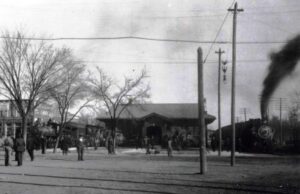
Image courtesy of photographer – researcher Ann L. Helms, 2018
“That the said company be, and is hereby, authorized to construct, maintain and operate a railroad extending from the City of Columbia through the fork of Lexington and Newberry Counties by the way of he Town of Prosperity and the Town of Newberry to the Town of Laurens; and the said company shall have the power to extend the said railroad to any point on the boundary line between this State and the State of North Carolina, as the said company may hereafter determine.”
History: The rails from the Laurens Railroad between Newberry and Laurens were removed during the war. The railroad was partially repaired in 1875 and operations were resumed by the Columbia & Greenville Railroad. It went into receivership in 1878 and was sold at foreclosure in 1881. It was reopened as the Laurens Railway, under the control of the Columbia & Greenville Railroad.
In 1885 the Columbia, Newberry & Laurens Railroad was granted a charter. Construction began in 1890, with the line opening in 1891, from Columbia to Dover Junction with a connection to the Laurens Railway. In 1896 the Columbia, Newberry & Laurens Railroad, purchased the Laurens Railway, completing the 75 mile long line. (courtesy carolinarails.org)
___________
Columbia, Newberry, & Laurens Railroad
Courtesy of Craig Dooley via Ann L. Helms Contributor to R&R
The Columbia, Newberry, & Laurens Railroad was one of nine ‘pocket railroads’ in South Carolina. A ‘pocket railroad’ was a short-route road that did not exceed 75 miles in length.
In 1885, the South Carolina General Assembly issued a charter for the Columbia, Newberry, & Laurens, and the railroad was official on Christmas Day, 1885. In 1890, work began on the track, and by July, 1891, the line was complete from Columbia to Dover Junction, 63.5 miles. In 1896, the Laurens Railroad Company was merged into the CN&L to complete the line to Laurens.
The first locomotive of the CN&L was built in 1887, and sold in 1922. The CN&L ran daily passenger trains that originated from Union Station in Columbia, and travelled up the line to Laurens, SC. These trains were always pulled by steam, until the service was discontinued in 1952. The rail was originally 56 pound rail which was replaced with 80-85 pound rail in 1925. In 1972, the entire line was rebuilt using heavy ribbon rail.
The CN&L’s first wreck occurred on September 9, 1899 when a wood trestle over the Broad River collapsed under the weight of the train, killing the entire crew. On September 5, 1928, a Southern Railway passenger train was detoured on the CN&L from Newberry to Columbia, due to a washout on SR track. However, a washout had also occurred on the CN&L at the 3 mile marker, right near the site where Riverbanks Zoo would be located 44 years later. The Southern train was unaware of this, and plunged into the washout. The train crew and the CN&L pilot onboard were all killed.
Despite these wrecks, as well as other derailments over the years, the CN&L was a very safe railroad. Those 2 wrecks were the only ones that resulted in death.
Because of the CN&L’s location and businesses along its route, the CN&L was a very profitable railroad. It was an important connection with the Seaboard Air Line, Atlantic Coast Line, and Southern Railway. In the late 1950’s, the South Carolina Electric & Gas Company steam-powered electric generating plant opened up at Lake Murray, providing significant coal traffic on the CN&L.
As an interesting side note, the town of Irmo, SC was built by the railroad as a water and fuel stop along the way. It was incorporated in 1890, and consisted of 1 square mile of area. It has obviously grown over the years. The name of the town came from the first two letters of the last names of C.J. Iredell, secretary-treasurer of the CN&L, and H.C. Moseley, first president of the CN&L.
The Columbia, Newberry, and Laurens railroad was an important boom to the towns of Irmo, Clinton, Chapin, and others along its route. Known also as the “Crooked, Noisy, & Late,” the railroad was an independent company throughout its 99 year history, even though it was technically ‘owned’ by the Atlantic Coast Line since 1924. Its diesel locomotives reflected this controlling interest, as they were in the ACL’s purple and silver paint scheme. In 1984, the CN&L was formally merged into CSX Transportation.
Stay Connected
Explore history, houses, and stories across S.C. Your membership provides you with updates on regional topics, information on historic research, preservation, and monthly feature articles. But remember R&R wants to hear from you and assist in preserving your own family genealogy and memorabilia.
Visit the Southern Queries – Forum to receive assistance in answering questions, discuss genealogy, and enjoy exploring preservation topics with other members. Also listed are several history and genealogical researchers for hire.
User comments welcome — post at the bottom of this page.
Please enjoy this structure and all those listed in Roots and Recall. But remember each is private property. So view them from a distance or from a public area such as the sidewalk or public road.
Do you have information to share and preserve? Family, school, church, or other older photos and stories are welcome. Send them digitally through the “Share Your Story” link, so they too might be posted on Roots and Recall.
User comments always welcome - please post at the bottom of this page.

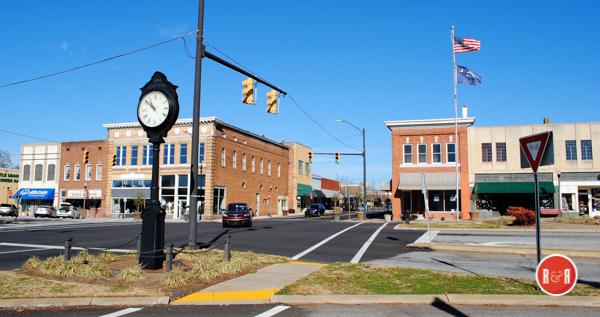
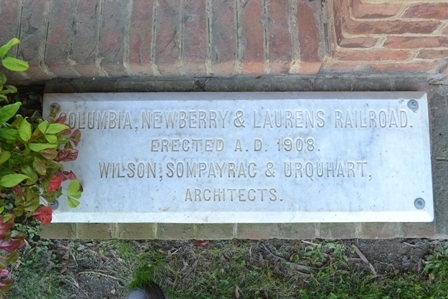
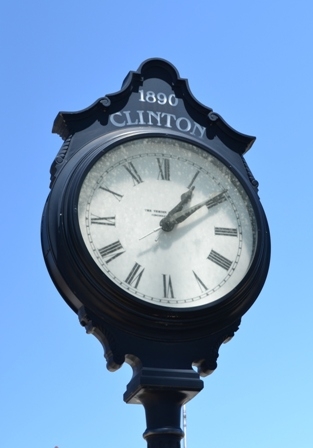
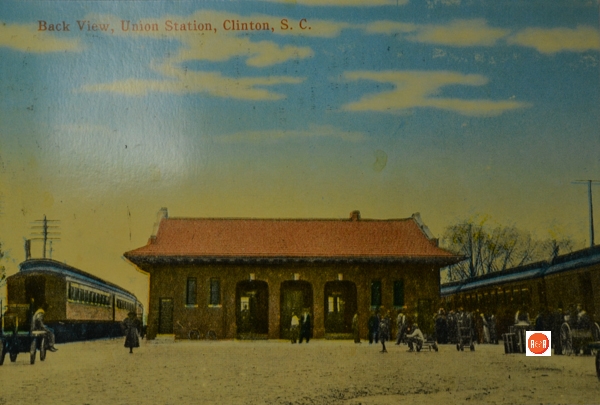
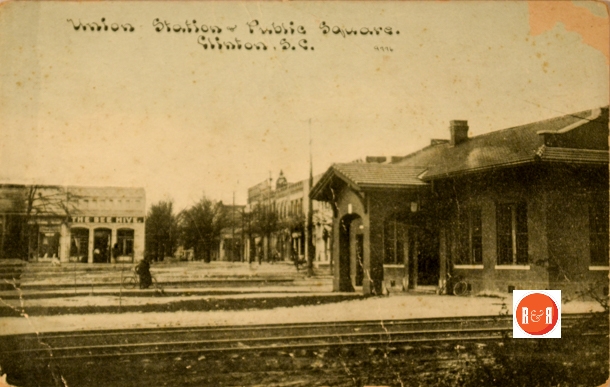
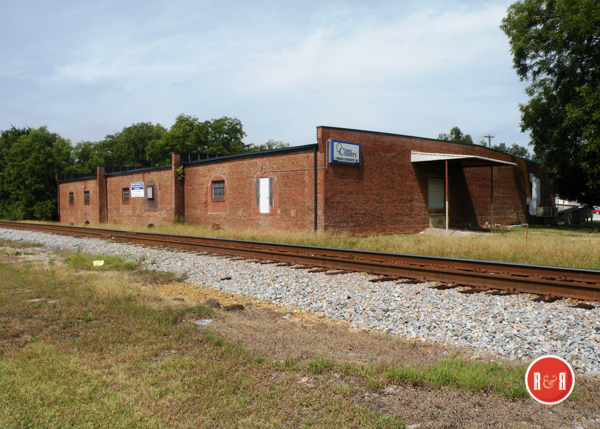
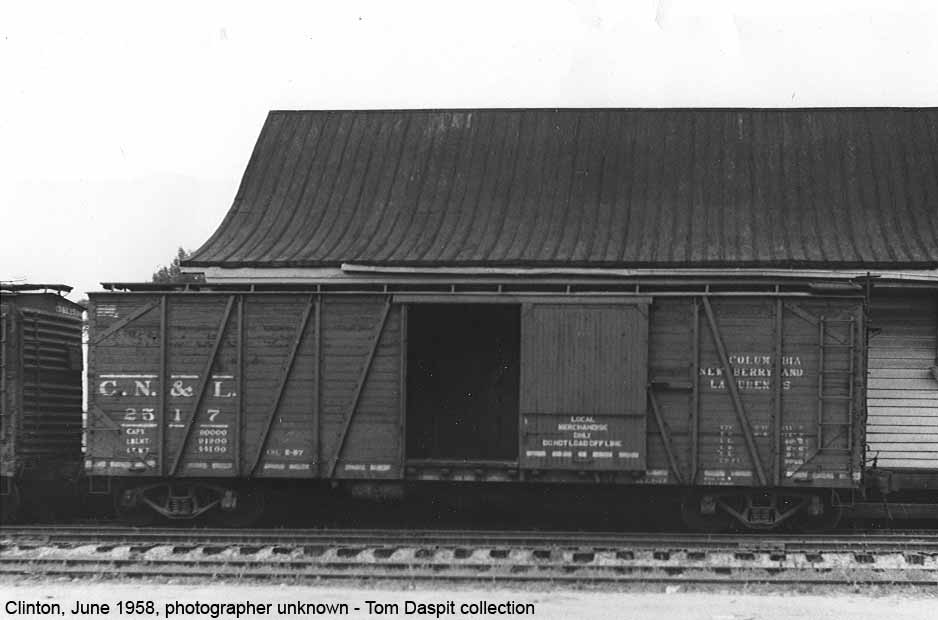
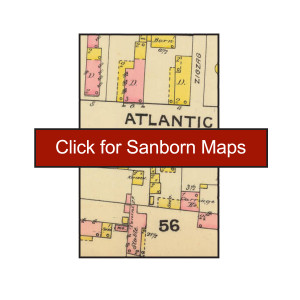



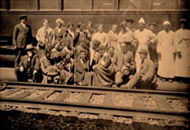
Share Your Comments & Feedback: